The Cultural Significance: Flamenco is deeply intertwined with Spanish culture and identity. It has become an essential part of celebrations, festivals, and gatherings, showcasing the country’s rich heritage. Flamenco serves as a powerful medium for storytelling, capturing the essence of love, heartache, and resilience. Its influence extends beyond the stage, permeating into literature, visual arts, and even contemporary music genres.
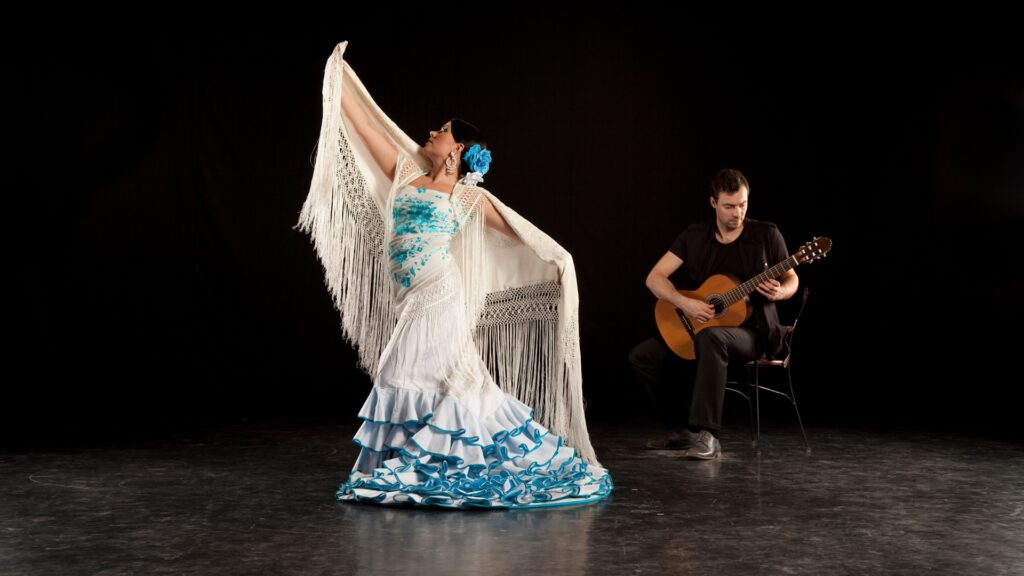
Spain’s flamenco dance is an art form that embodies the essence of passion, emotion, and cultural identity. Steeped in history and folklore, flamenco captivates both locals and visitors alike. In this article, we invite you to immerse yourself in the world of flamenco as we explore its origins, unique elements, and its enduring impact on Spanish culture. Join us on a journey to discover the fascinating traditions and captivating rhythms of Spain’s flamenco.
The Origins of Flamenco: Flamenco originated in the Andalusian region of southern Spain, blending the cultural influences of the Romani people, Moors, and Spanish Gypsies. This art form emerged as a powerful means of self-expression for marginalized communities, reflecting their struggles, joys, and triumphs. Over the centuries, flamenco evolved into a rich and diverse art form that embraces various elements of music, dance, and singing.
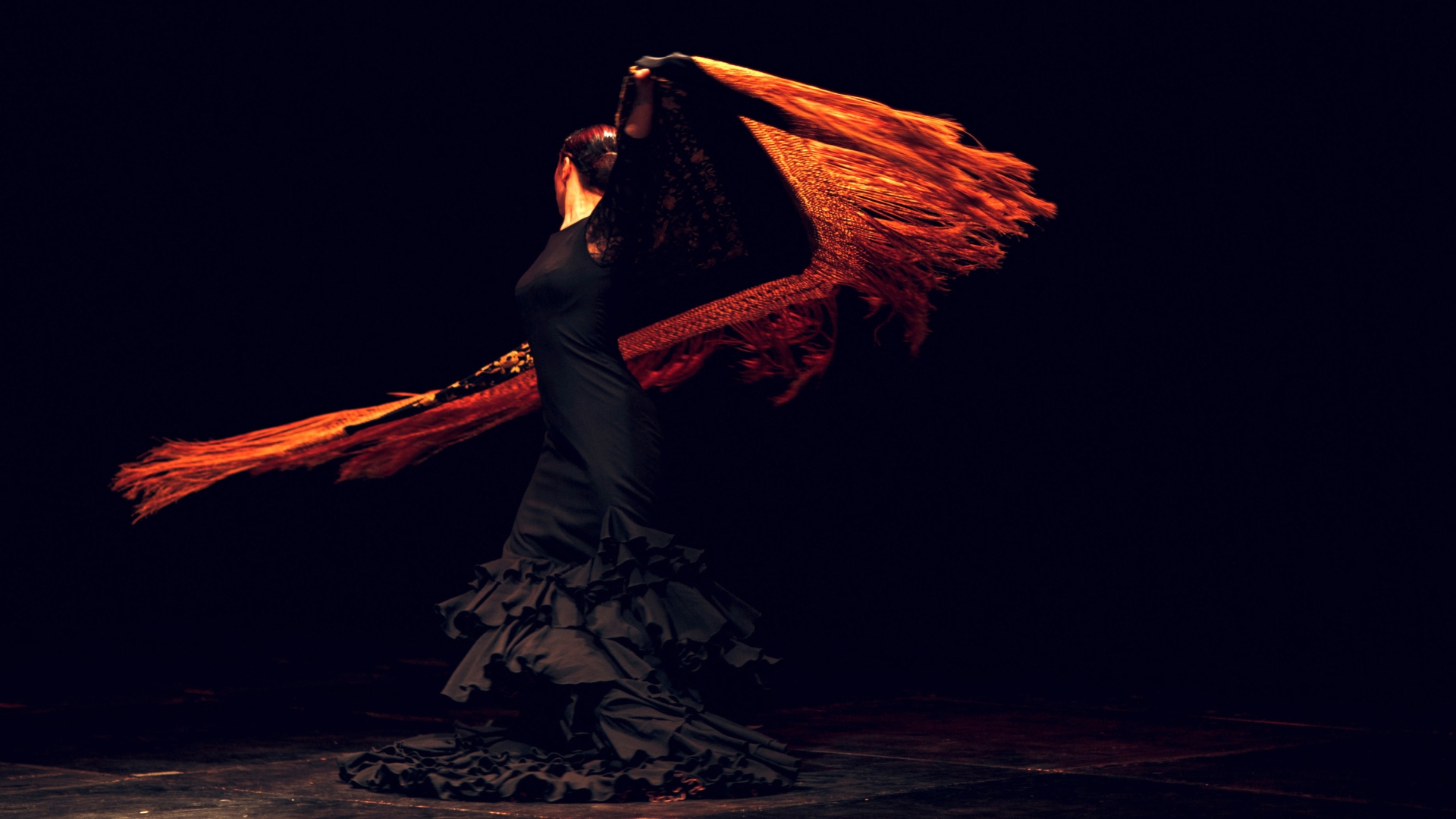
The Elements of Flamenco: Flamenco is characterized by its passionate and rhythmic elements. The dance, known as “baile,” is at the heart of flamenco. Dancers display incredible footwork, intricate hand movements, and intense facial expressions, conveying a range of emotions. The music, featuring the soulful sounds of the flamenco guitar, handclaps, and percussion instruments, sets the stage for the dancers and singers to create a mesmerizing performance.
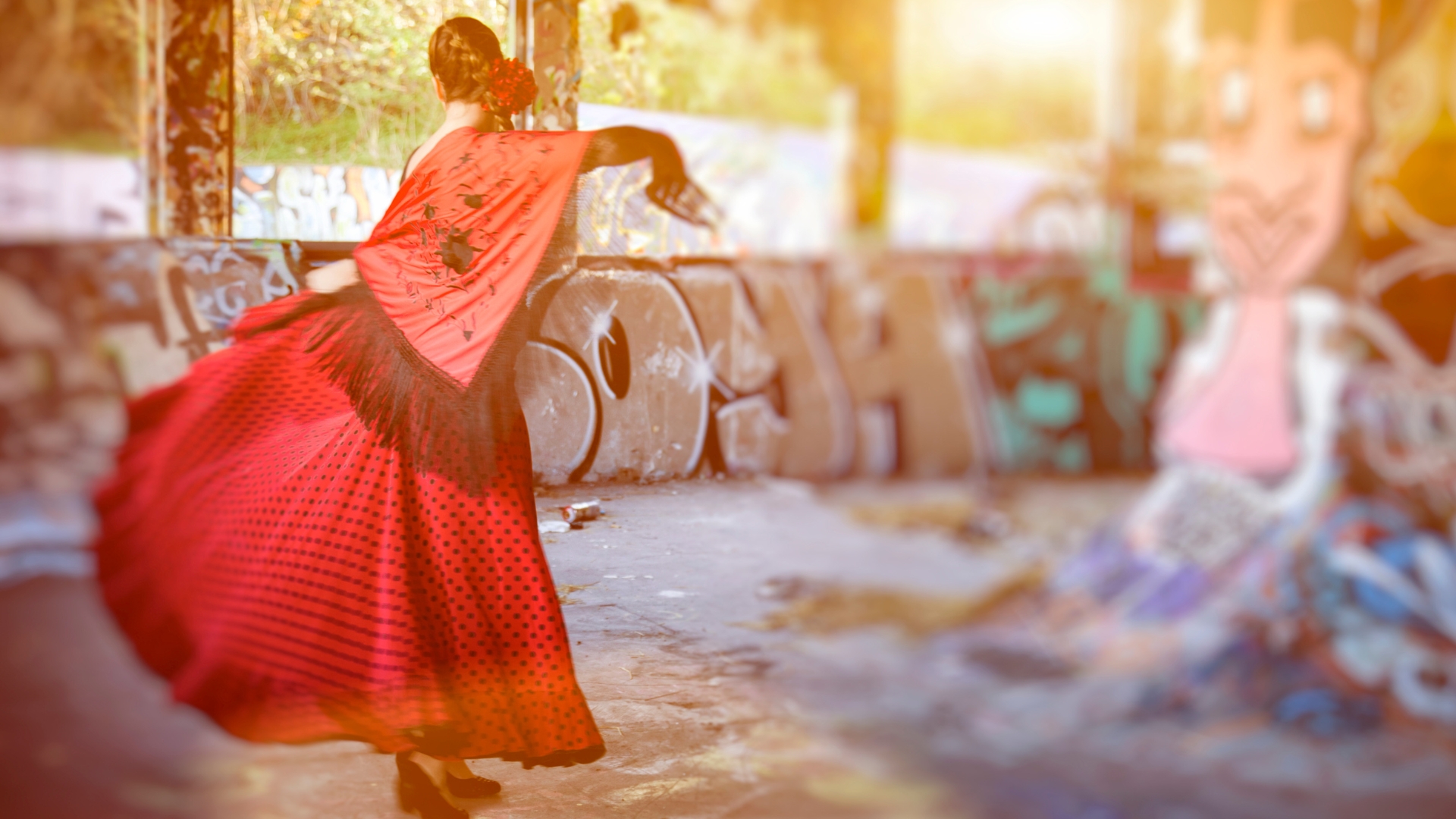
The Essence of Flamenco Costumes: Flamenco costumes, known as “trajes de gitana” or “bata de cola,” are an integral part of the performance. The female dancers wear vibrant, ruffled dresses that swirl and move with their every step. The dresses are adorned with intricate designs and embellishments, reflecting the flamboyance and elegance of the dance.
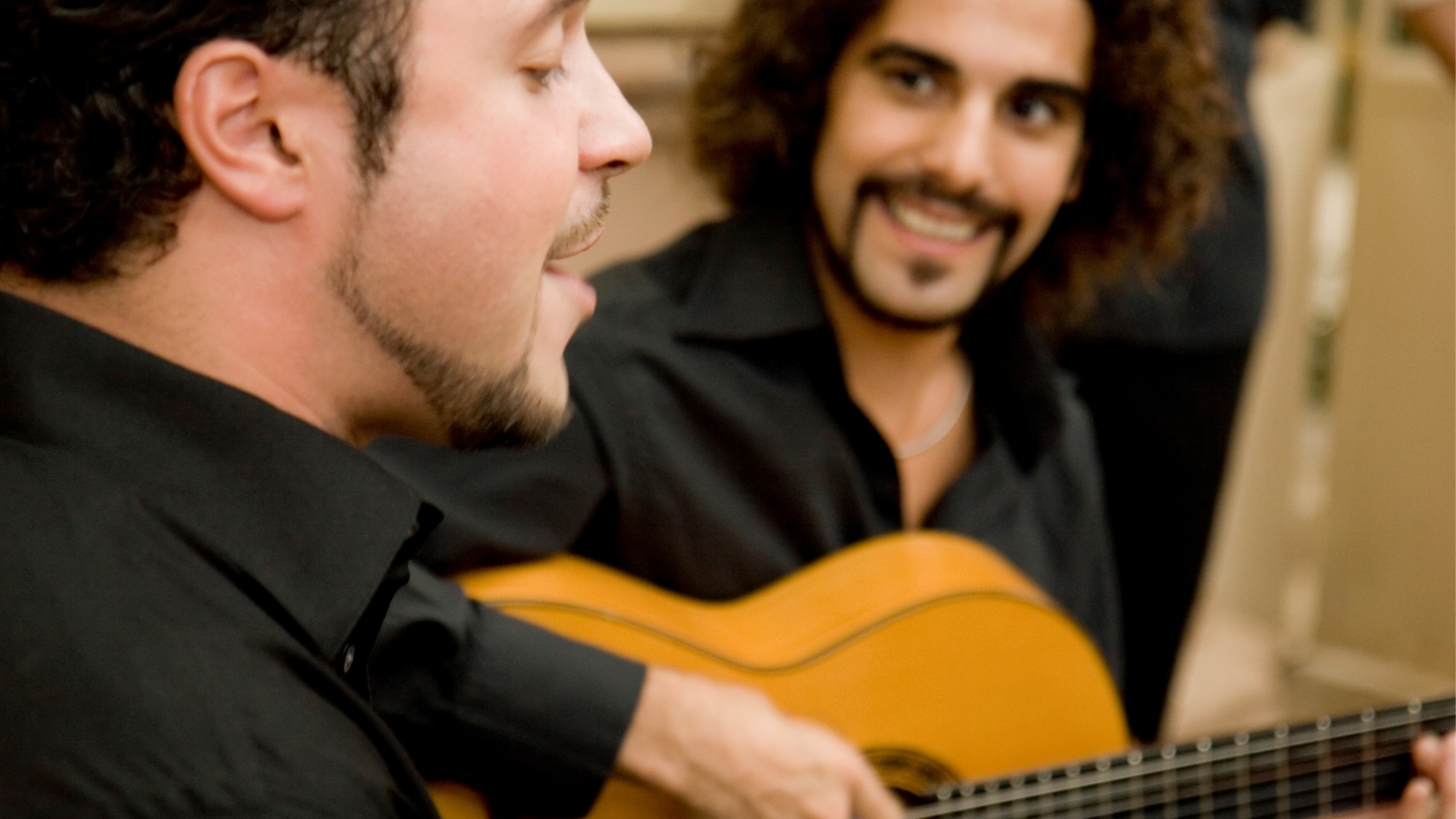
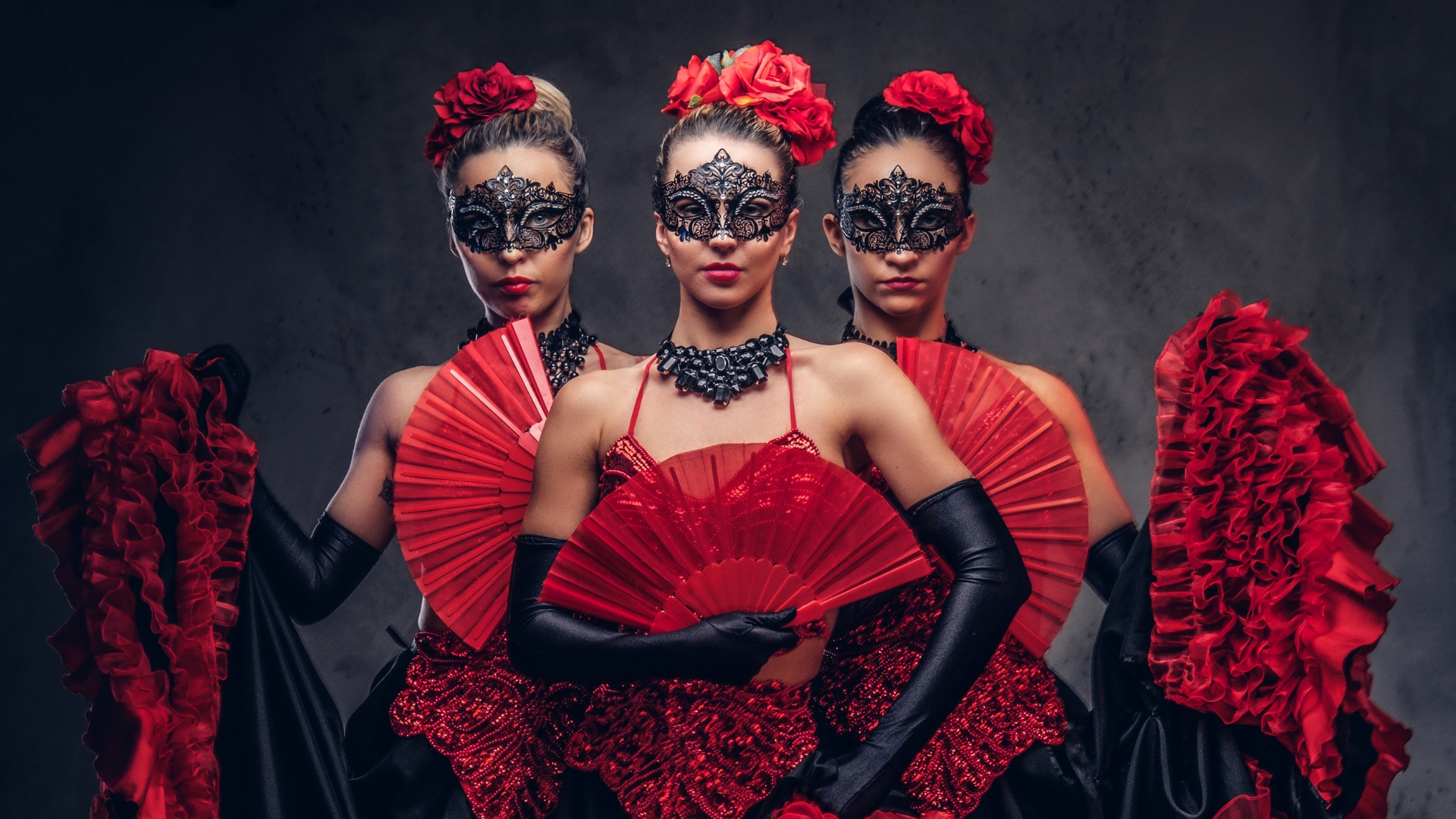
Preserving Flamenco Traditions: Flamenco is not merely an art form but a living heritage that continues to evolve and thrive. Efforts are being made to preserve and promote Flamenco’s authenticity through dedicated schools, festivals, and cultural institutions. These initiatives ensure that future generations can appreciate and carry forward the passion and traditions of flamenco.
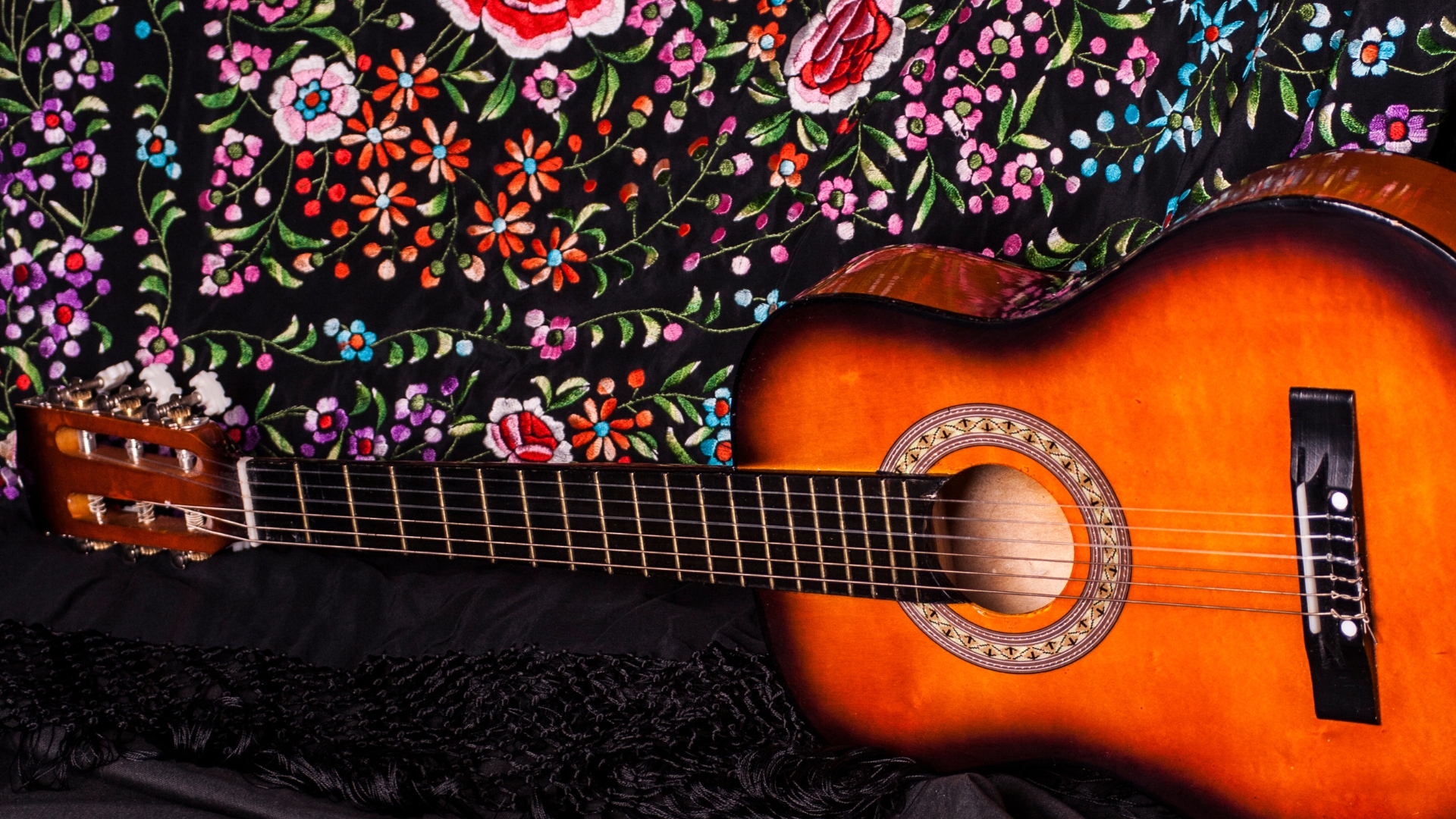
Conclusion: Spain’s flamenco dance is a testament to the power of artistic expression and cultural heritage. It embodies the spirit of passion, resilience, and creativity. Whether you witness a live performance in a traditional tablao or join a dance class to experience the rhythms firsthand, flamenco promises to captivate and transport you into a world of emotion and artistry.
If you wish to know more, do get in touch. We would be more than happy to be of help.

